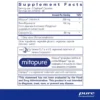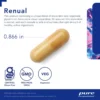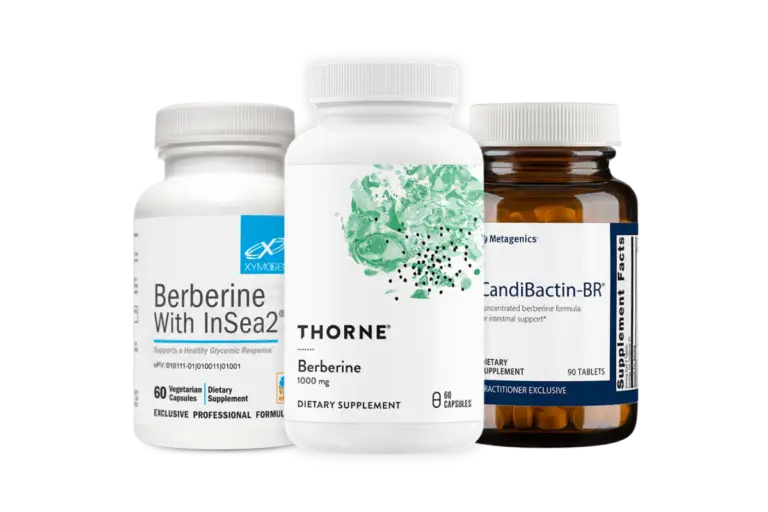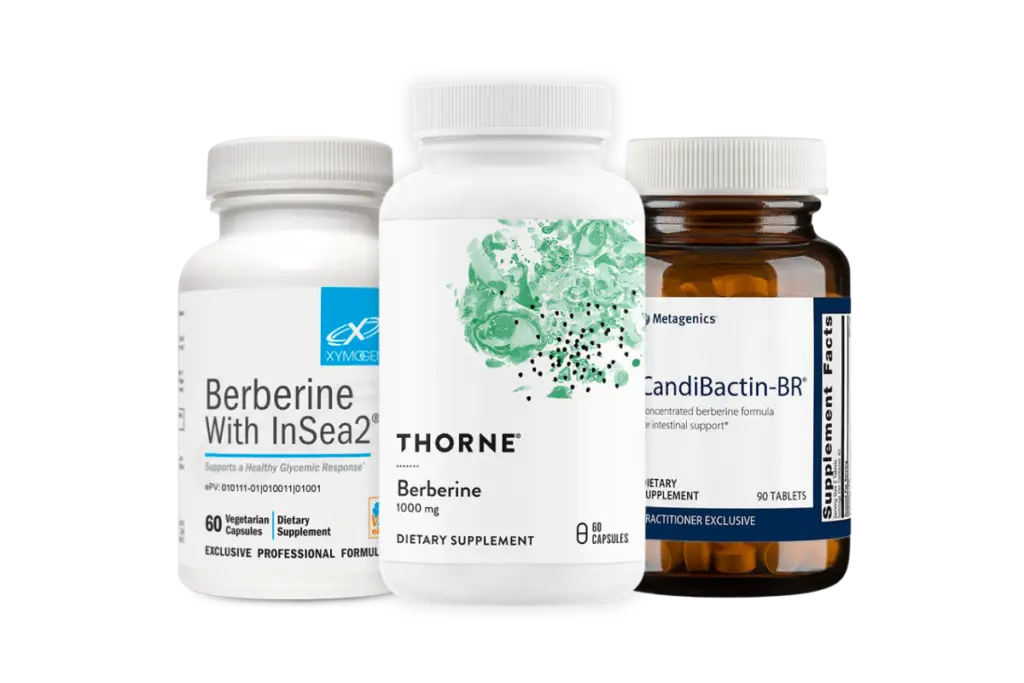






Use code BERB25 at checkout to receive 10% off all berberine products!
$73.00
RENUAL
As a dietary supplement, take 2 capsules, 1-2 times daily, with or between meals.
If you are pregnant or lactating, have any health condition or are taking any medication, consult your health professional before use.
*These statements have not been evaluated by the Food and Drug Administration. This product is not intended to diagnose, treat, cure or prevent disease.
Our on-staff nutrition experts are quick to respond and can answer any questions, curiosities, or concerns you may have about our products.


“I love Clearspring! They actually remember me when I walk in. The staff is so nice & knowledgeable. The pharmacists will take the time to speak with you & answer questions. The pharmacy has great products & wonderful cards too!”
We are a local compounding pharmacy in Denver, Colorado. Check out our reviews and see why we are loved in our community!

“Extremely kind staff! They helped us right away and gave great suggestions when needed. Highly recommend ClearSpring Pharmacy!”
DISCLAIMER: A prescription from a licensed practitioner is required for compounded medications.
The content and photographs on this website are copyrighted or licensed material and may not be downloaded for other than personal use. Retransmission, republication, reproduction, or any other use of the content or photographs is prohibited.
©ClearSpring Pharmacy
Website Development by Storey Marketing

Often used for weight loss, healthy blood sugar levels, and improved metabolism.
Use code BERB25 at checkout to receive 10% off every berberine product.
Online shop only. Offer ends 2/28/25.